What are the common misunderstandings about badminton grip tape?
Nov 18, 2025
In badminton, the grip tape, acting as the "second skin" of the racket handle, directly influences performance in terms of grip, ball control, and anti-slip properties. However, many enthusiasts have cognitive biases regarding the selection and use of grip tapes, preventing their equipment from performing at its best. This article will unveil three common misconceptions, enabling you to maximize the value of your badminton grip tape and enhance your athletic performance.
Misconception 1: The thicker the grip tape, the better.
Some users believe that a thicker grip tape provides better shock absorption and a more comfortable hold, making it the preferred choice, especially for players with weaker wrist strength or those seeking a soft and springy feel. However, excessively thick grip tapes can also have adverse consequences. Firstly, they reduce flexibility. An overly thick grip tape increases the diameter of the racket handle, preventing fingers from bending naturally during gripping and affecting the smoothness of switching between forehand and backhand shots. Secondly, they lead to power transmission loss. Although thick grip tapes can reduce vibrations, they also weaken the power generated during ball striking. For smashes or high clear shots that rely on explosive power, a thick grip tape may result in a 5%-10% decrease in ball speed. Therefore, the thickness of the grip tape should be selected based on factors such as hand shape and match requirements, rather than blindly pursuing a thicker option.
Misconception 2: Towel grip tape do not require frequent replacement.
Towel grip tapes are considered a "lifesaver" for players with excessive sweating. Many people believe that towel grip tape can be used for an extended period as long as there are no visible damages on the surface. However, towel grip tape also need to be replaced regularly. Firstly, towel materials are prone to bacterial growth. The loose fiber structure of towel grip tape, combined with sweat residue, easily becomes a breeding ground for bacteria, potentially causing skin allergies or infections. Secondly, their anti-slip performance declines sharply. After absorbing sweat, the fibers in towel grip tape gradually harden and clump together, leading to a sudden drop in anti-slip properties. Therefore, towel grip tape should be replaced regularly based on usage frequency. The recommended replacement frequency is 2-3 times per week for amateur enthusiasts, once per match for heavy sweaters, and once per set for professional players.
Misconception 3: The color of the grip tape does not affect performance.
Many customers believe that the color of the grip tape is merely a matter of personal aesthetic preference and has no impact on athletic performance, so they choose grip tape colors randomly. However, the color of the grip tape can indeed affect its performance. Firstly, different colors have different heat absorption properties. Dark-colored grip tapes (such as black and dark blue) absorb heat 3-5 times faster than light-colored ones under sunlight, causing the racket handle to heat up quickly and affecting the grip feel. Secondly, the color of the grip tape should match the environment. Under indoor lighting, fluorescent-colored grip tapes may interfere with vision due to reflection; on outdoor courts, white grip tapes tend to show dirt easily, affecting psychological comfort. Therefore, the color of the grip tape should be selected based on the court, playing style, and weather conditions to avoid psychological fatigue caused by long-term use of the same color.
Details determine success or failure, and the selection of grip tapes requires a scientific approach. By avoiding the three misconceptions of "the thicker the better," "towel grips are durable," and "color doesn't matter," and making precise choices based on hand shape, climate, and playing style, your badminton grip tape can truly become a boost to your performance.
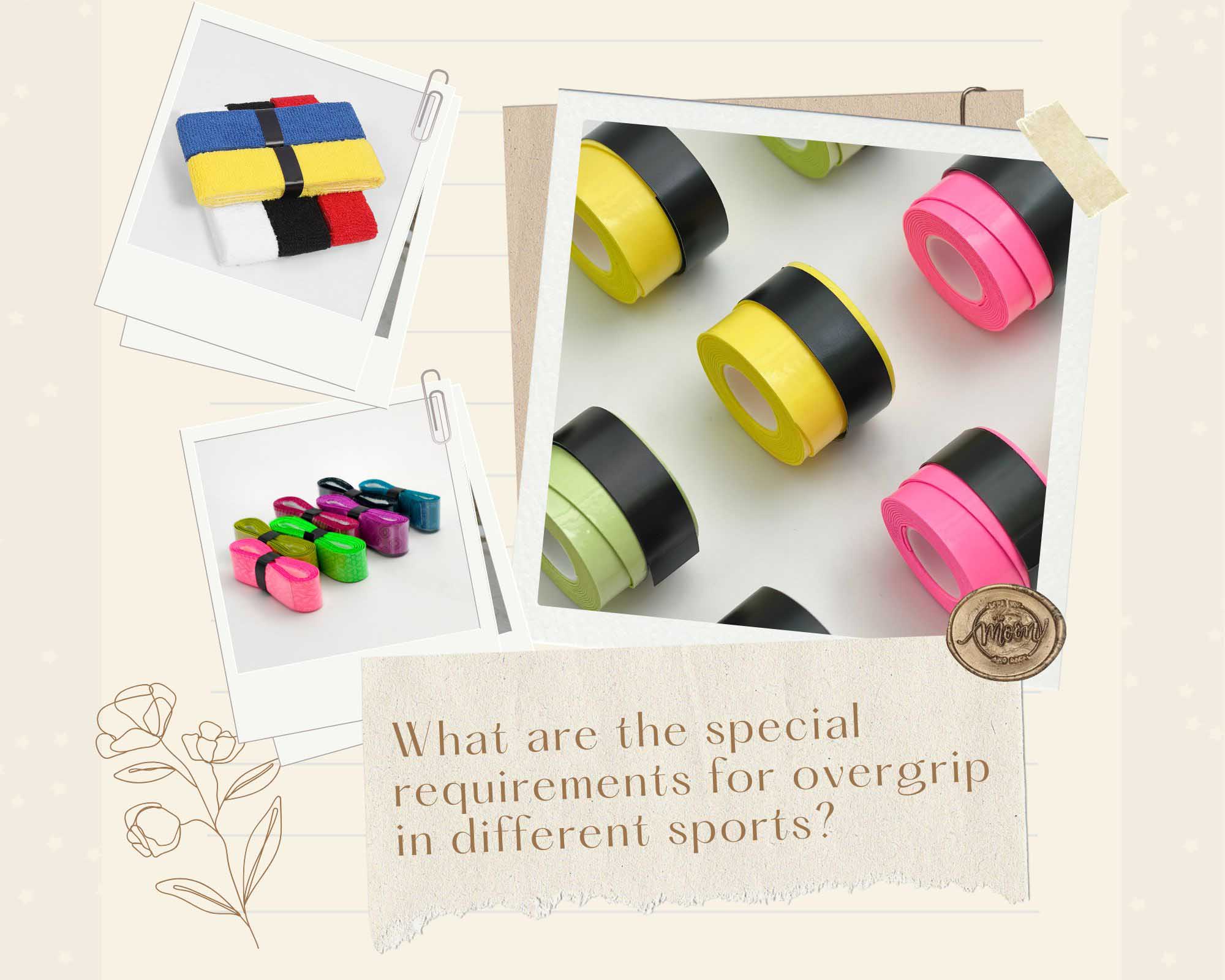
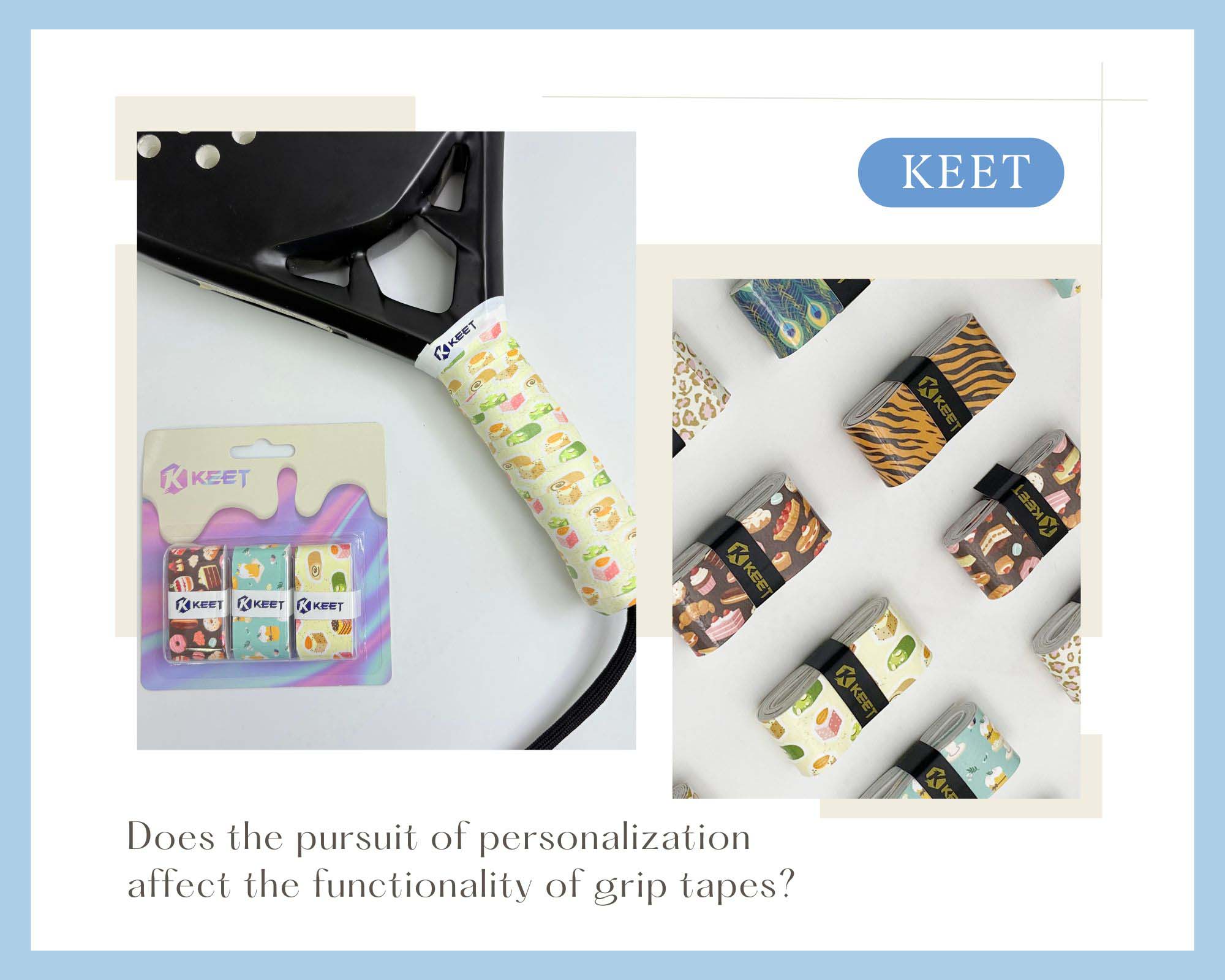
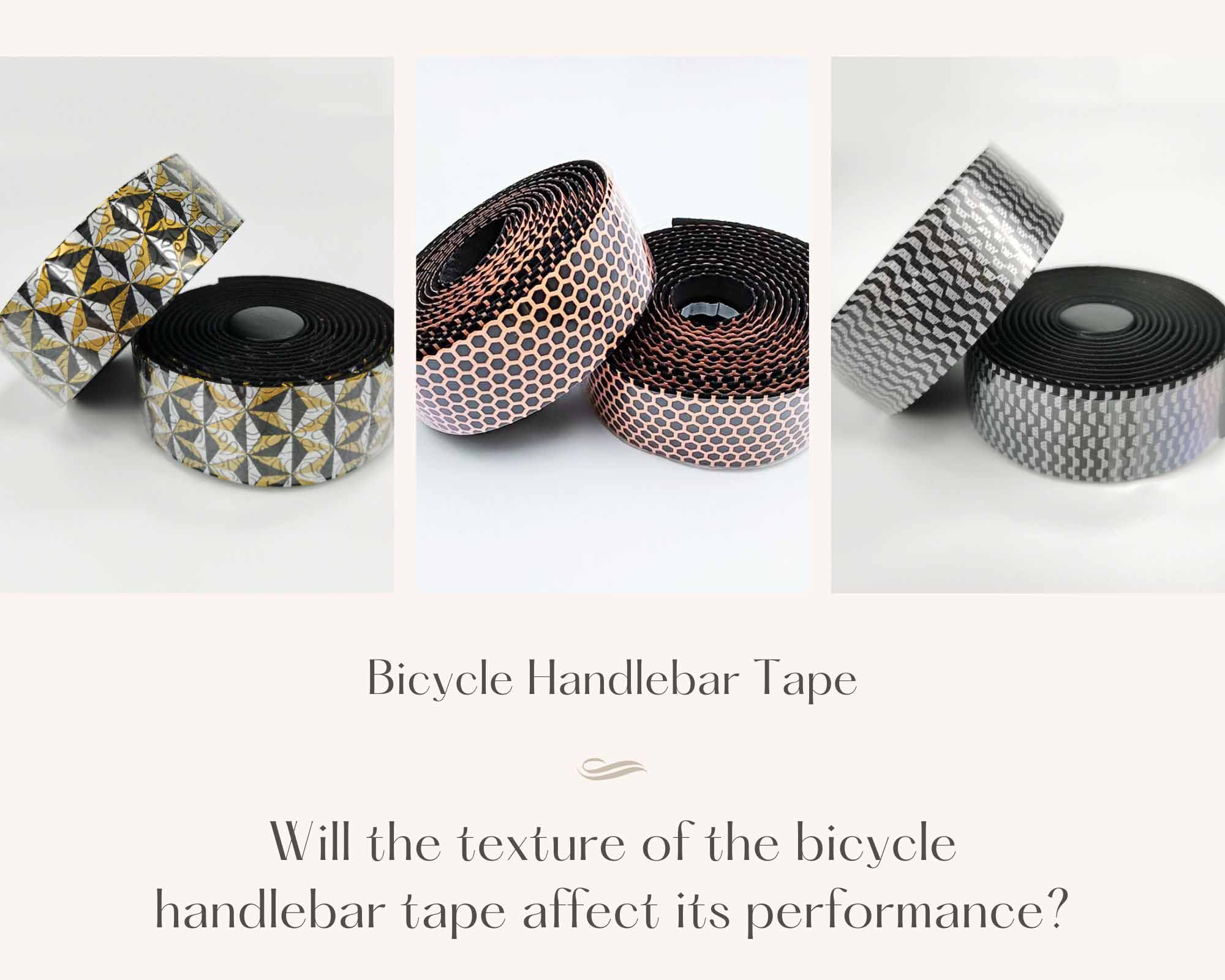
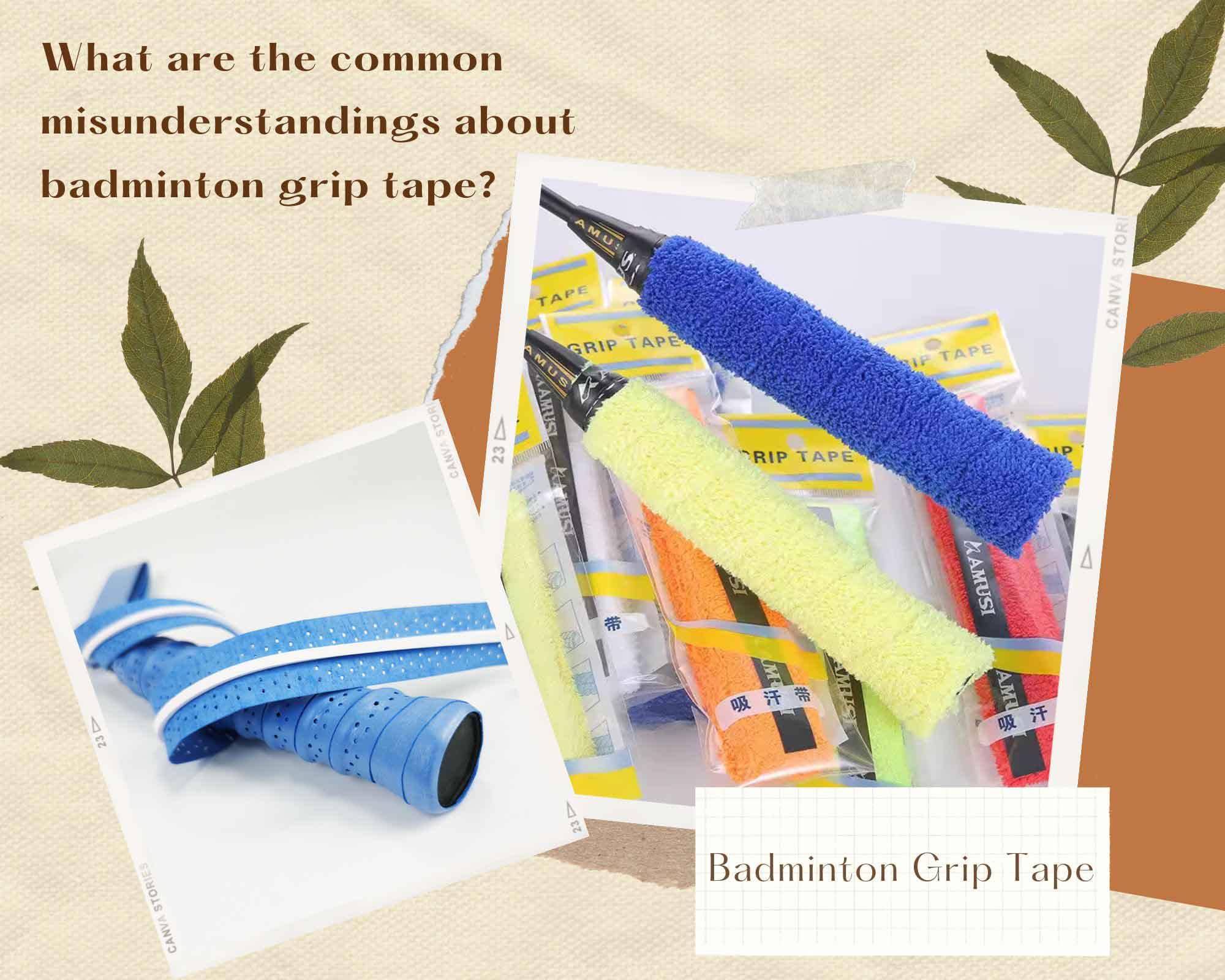
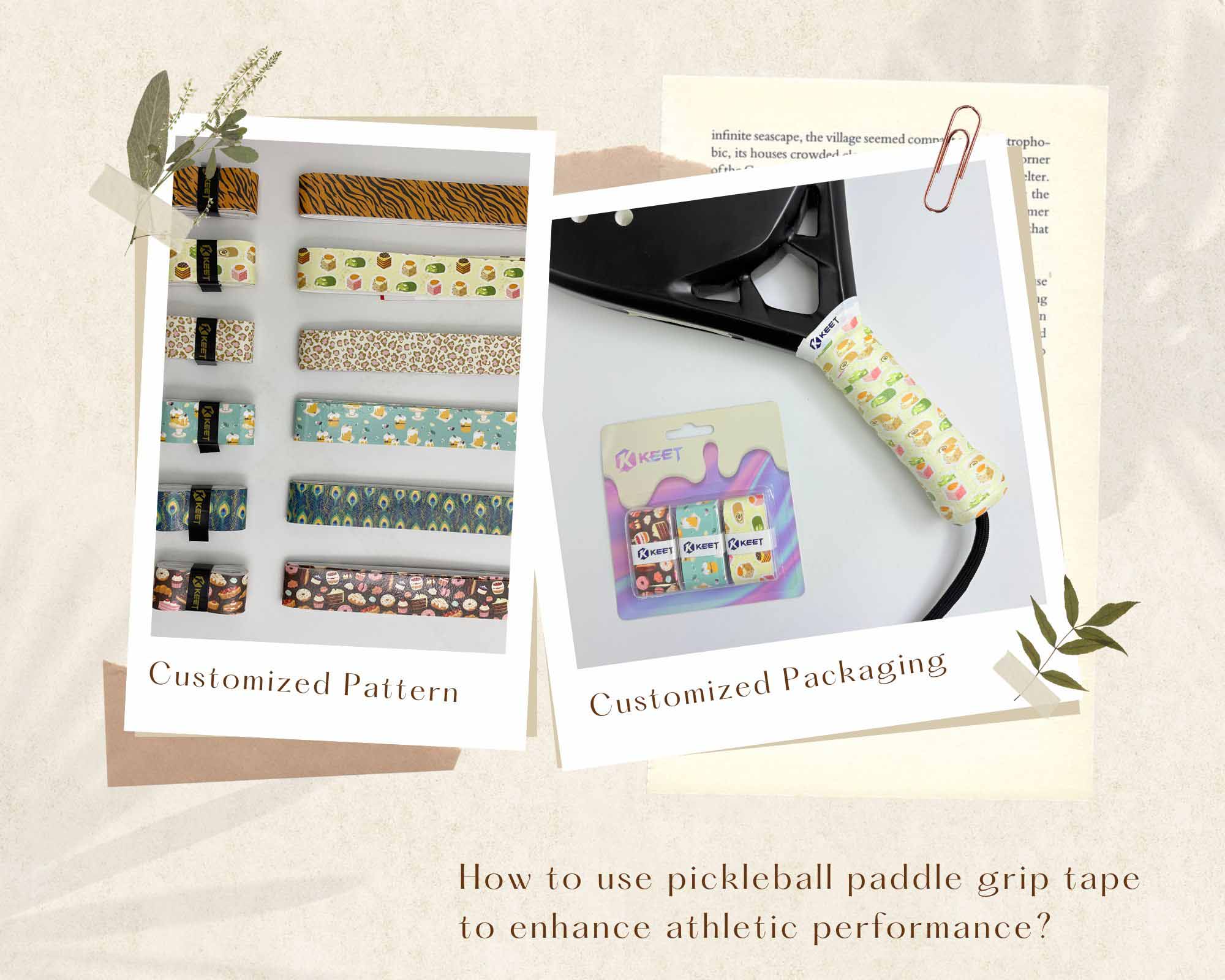
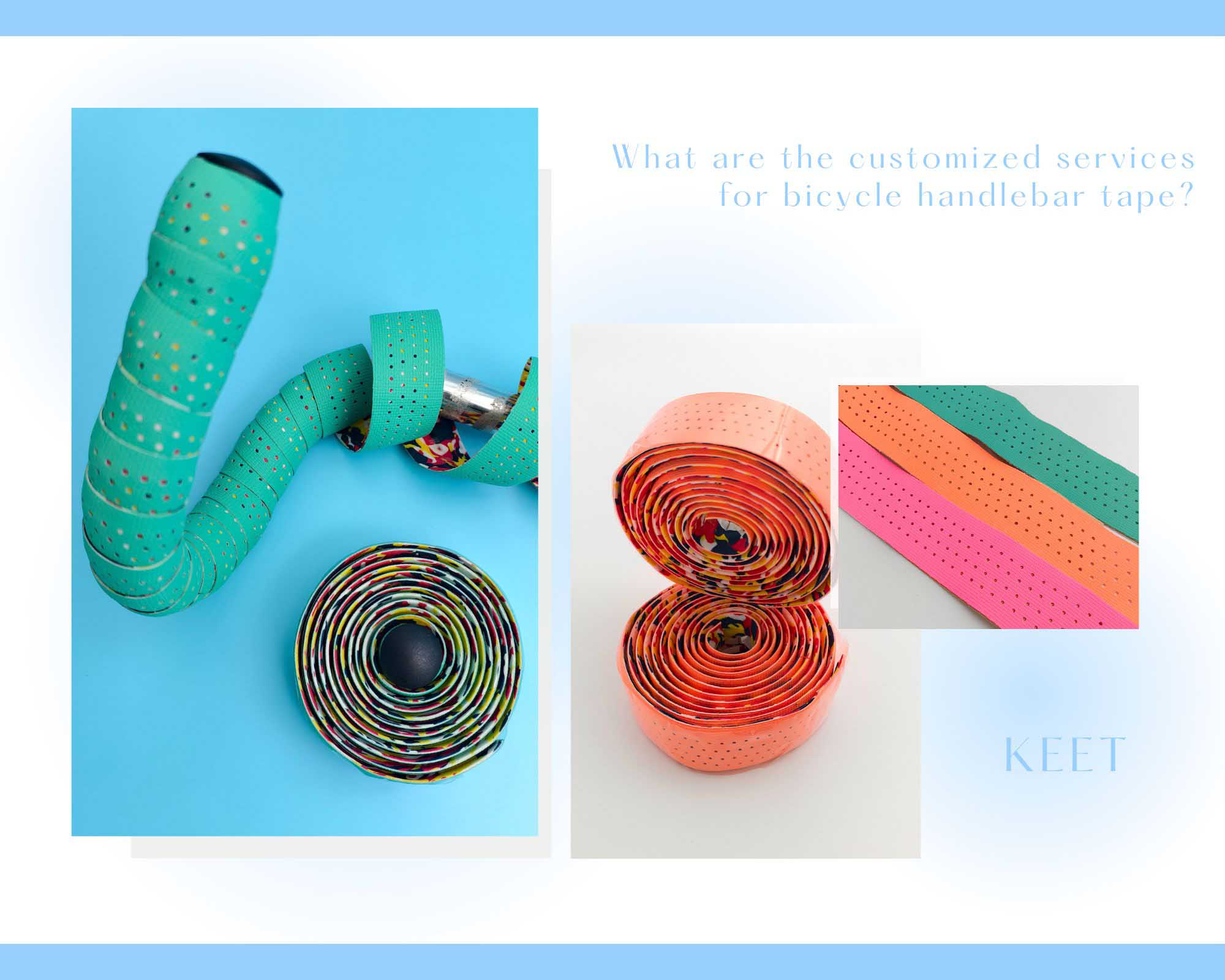
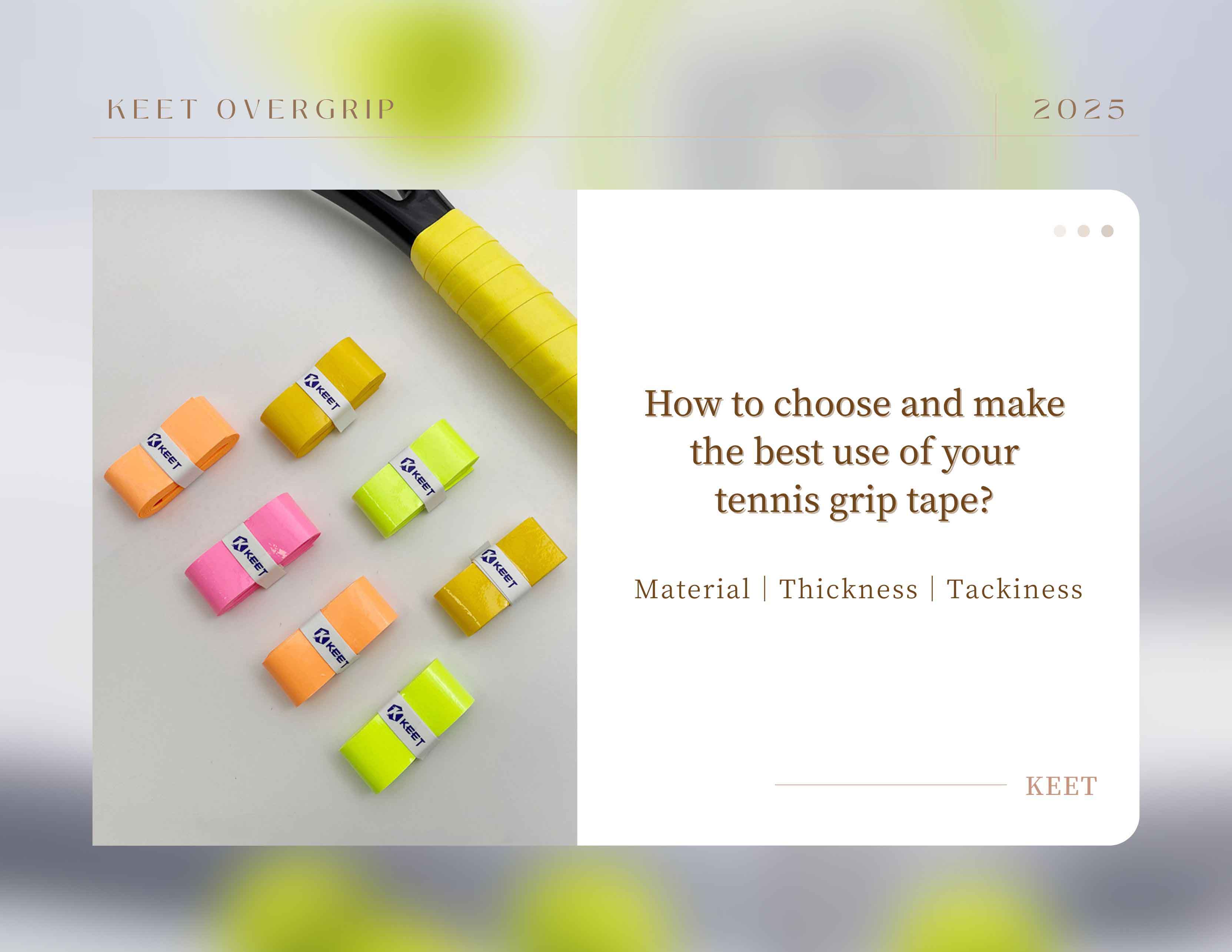
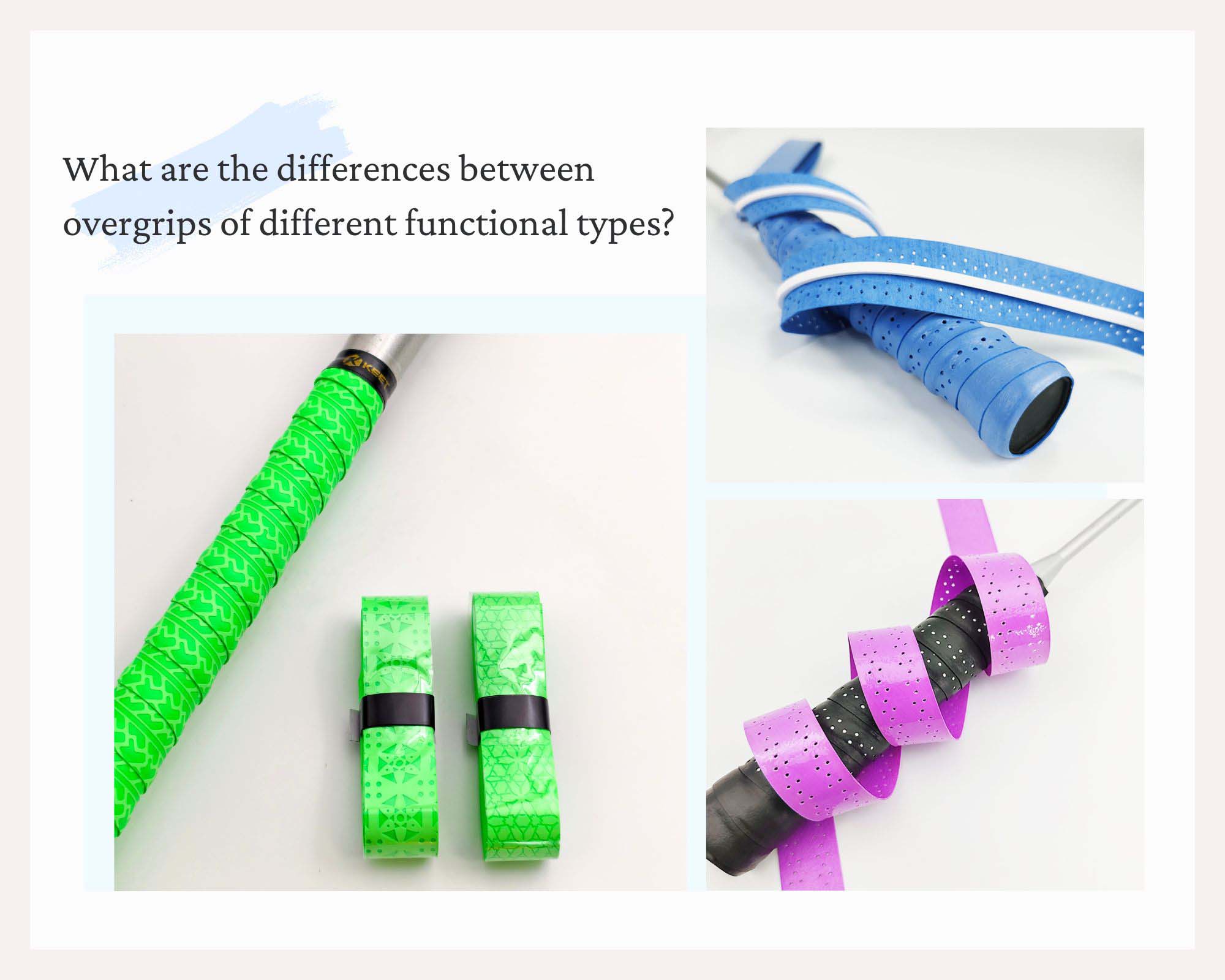
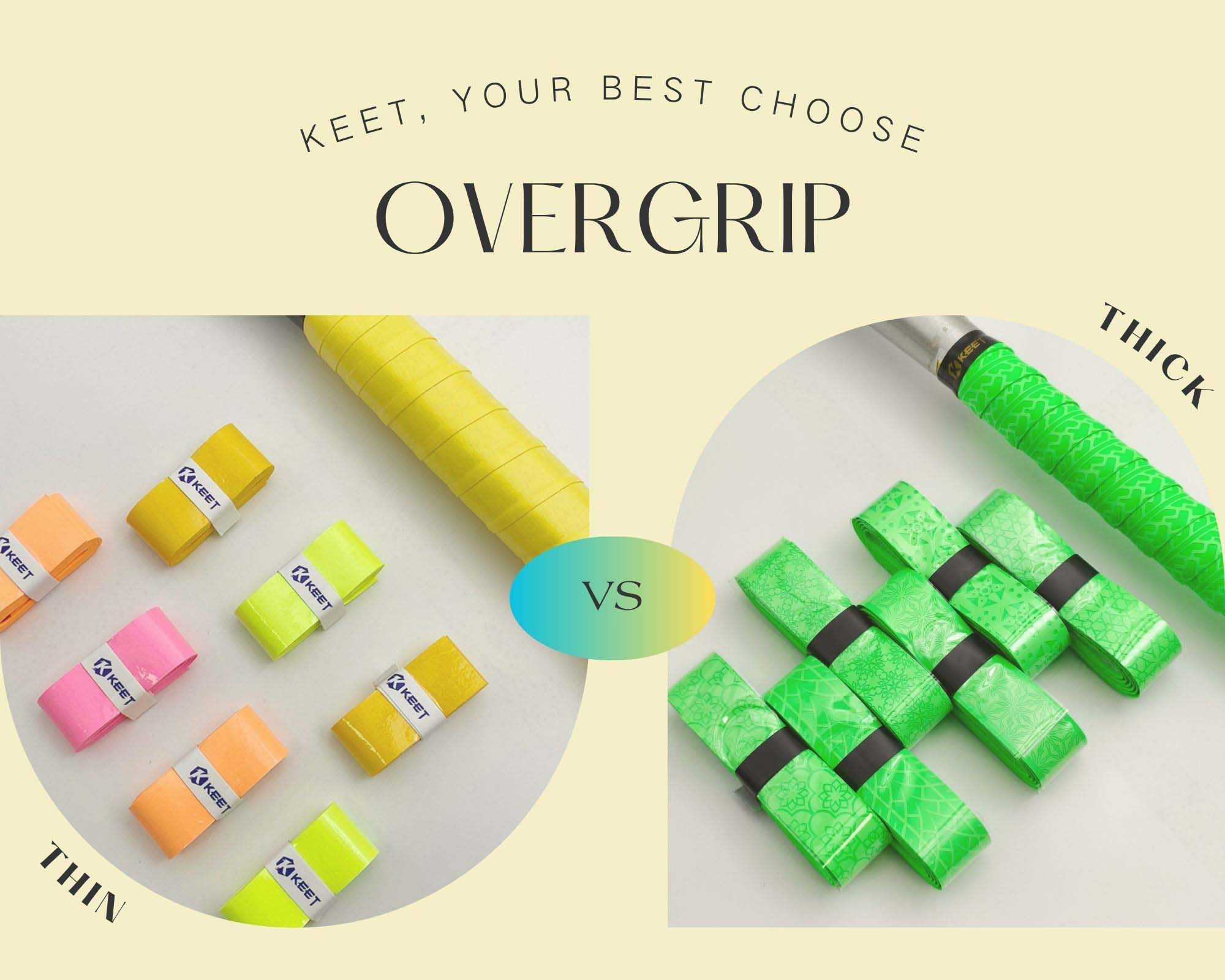

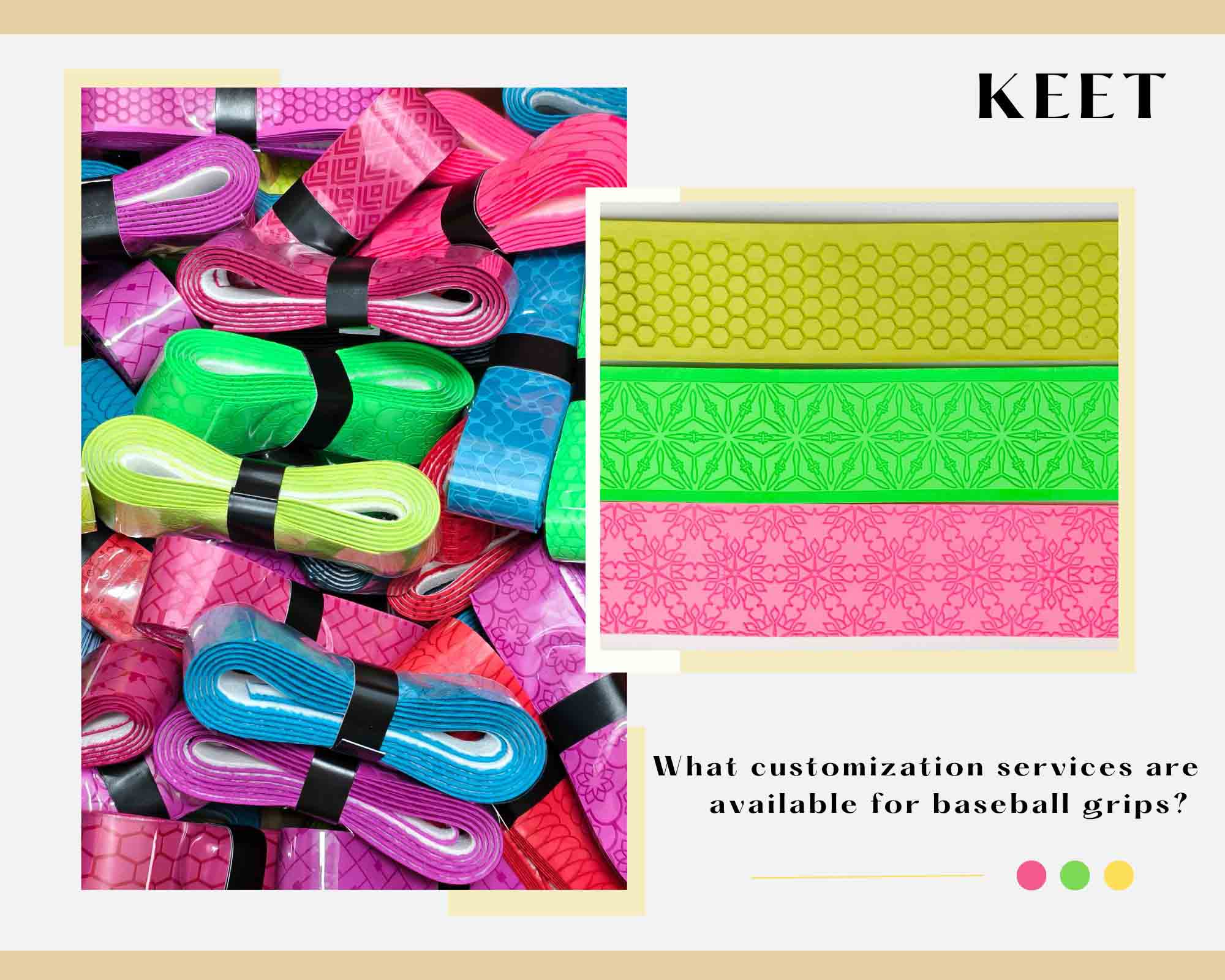
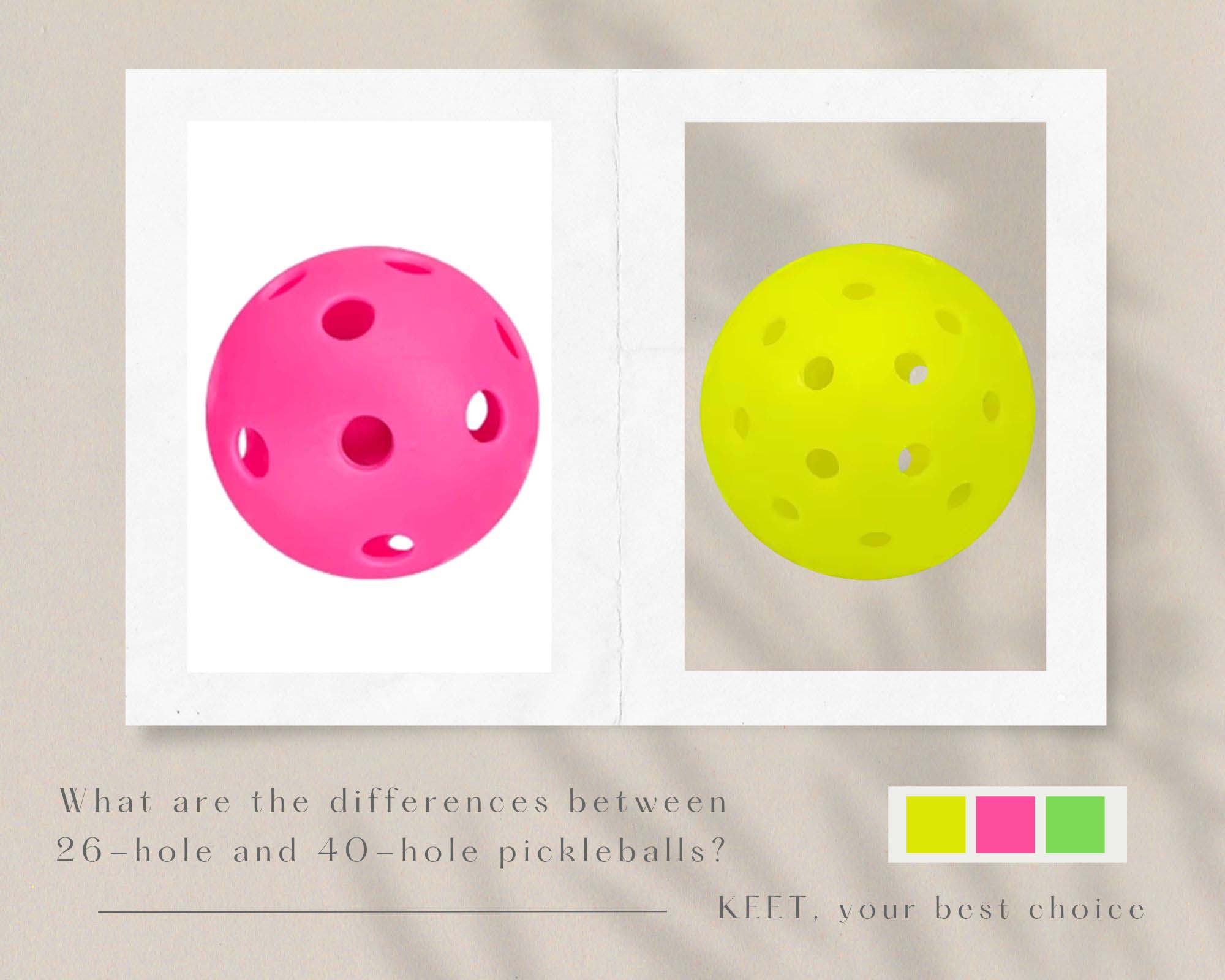
 Network Supported
Network Supported